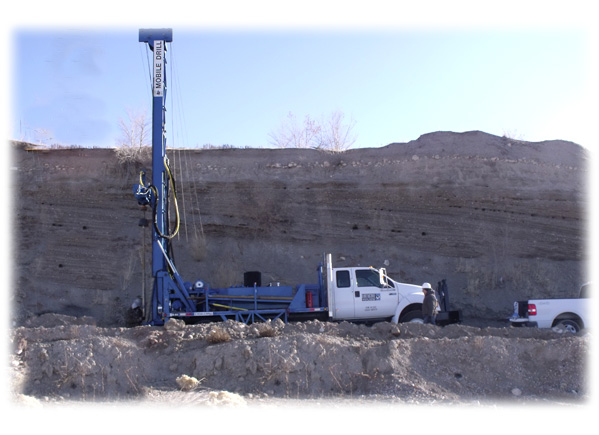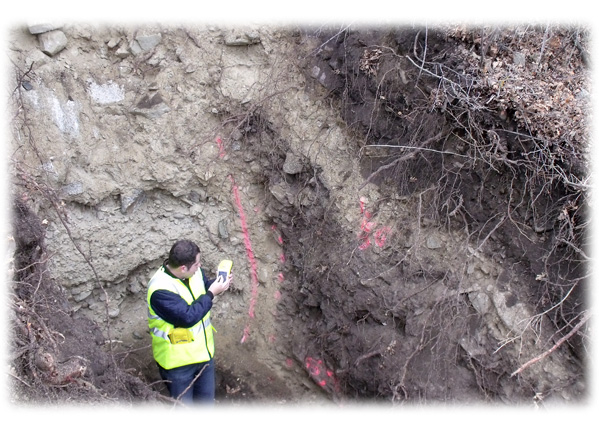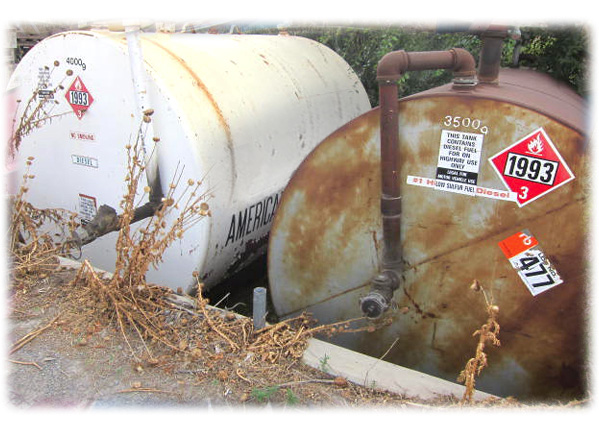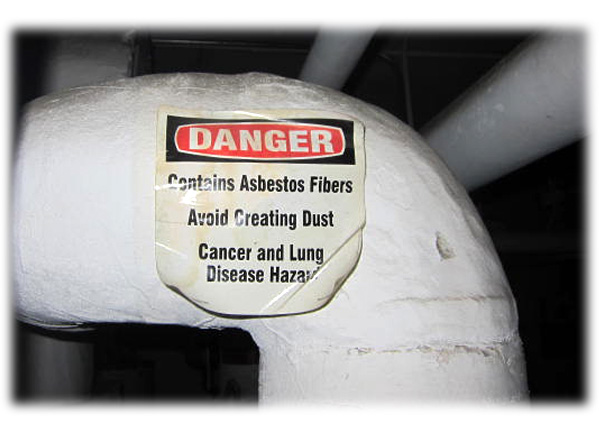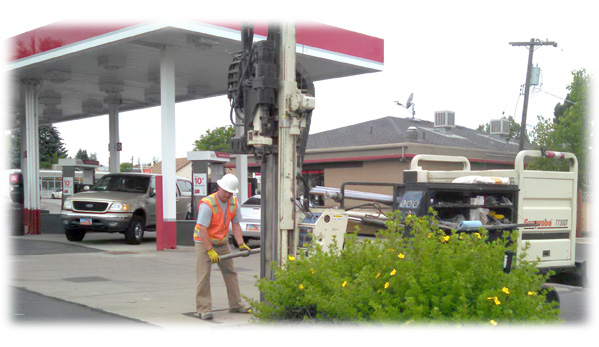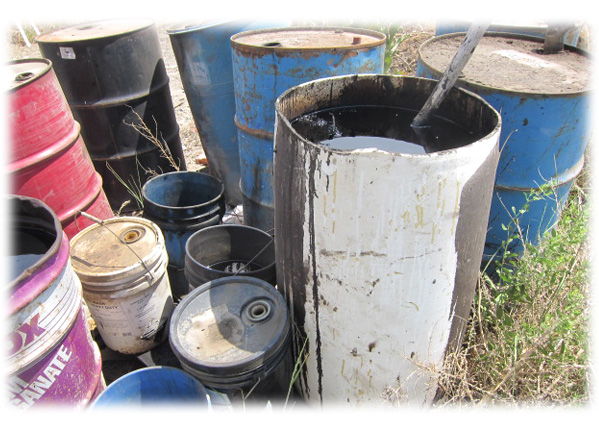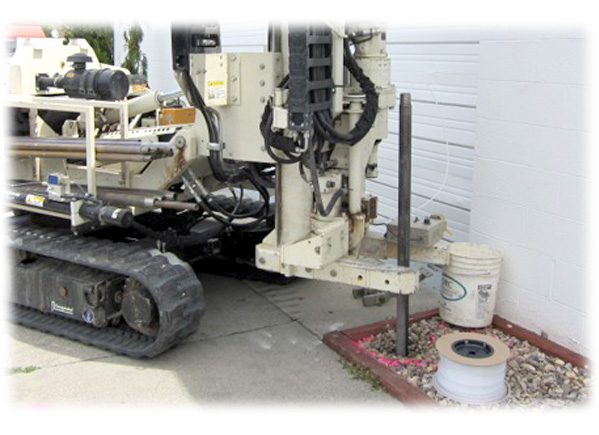About Western GeoLogic
Western GeoLogic was formed in 2001 to provide high quality, cost-efficient services for our clients. Our geologists, engineering geologists, hydrogeologists, and environmental professionals seek to provide the optimum blend of a superior level of expertise and ability to meet your delivery schedule, all at very competitive rates.
Our team provides high quality engineering geology investigations and environmental assessments, we have the experience and expertise to provide creative solutions to any of our client's geologic and environmental issues. Whether it is a residential subdivision, commercial building, school, church, bridge, roadway, or dam, we work with you to provide solutions to even the most challenging development challenges.

Craig Nelson,
Principal
Engineering Geologist

Craig Bartholomew
Associate
Environmental Professional
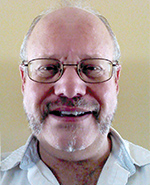
Bill Black
Associate
Senior Engineering Geologist

Kevin Thomas
Associate
Senior Hydrogeologist
Our principal engineering geologist, Craig Nelson, Professional Geologist (P.G.), Certified Engineering Geologist (C.E.G.), and Certified Environmental Manager (C.E.M.), has over 32 years of experience. He served as the first Salt Lake County Geologist and coauthored the first geologic hazards ordinance in Utah.
Some of our other associates include Craig Bartholomew, an Environmental Professional with over 24 years of experience with environmental due-diligence projects.
Bill Black, a Professional Geologist (P.G.) with over 27 years experience in engineering geology and environmental due-diligence projects.
And Kevin Thomas, a Hydrogeologist with over 10 years experience in hydrogeology and groundwater projects.
Throughout the years, we have seen many different approaches to technical geologic and environmental problems, so we know what works -- and what doesn't.
Our geologists and environmental professionals have excellent credibility and long-standing relationships with members of the local, state and federal regulatory communities.
We also understand the time constraints that our clients often face. When needed, we can help your project move forward without delay by offering expedited report delivery. We believe in doing it right the first time!











